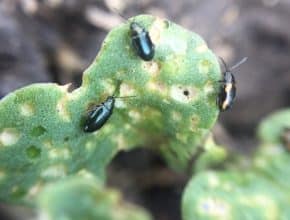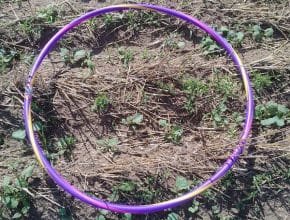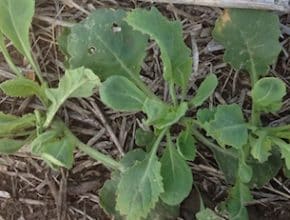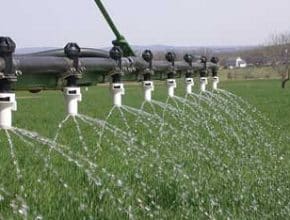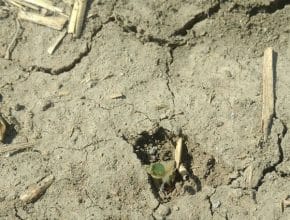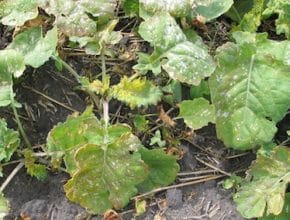These five questions are based on content from the handy crop protection guides from Manitoba, Saskatchewan and Alberta. Manitoba and Saskatchewan guides are the same with different covers. Alberta has its own, often called the "Blue Book" Here are links to online posting for all three: Manitoba Guide to Field Crop Protection 2017 Saskatchewan Guide to Crop Protection 2017 Alberta…
June 7, 2017 - Issue 11
-
-
-
The Canola Council of Canada agronomy team looked at this photo above and discussed whether the field should be sprayed now or in a few days after more weeds have emerged. Consensus was that the field could have been sprayed a few days earlier. Angela Brackenreed, who scouted the field, says the weeds just became visible in the past three…
-
Tank mixes used for pre-seed burnoff ahead of cereals often contain Group 2 and Group 14 products that can hang up in sprayer plumbing. These residues can be particularly damaging to canola. Common canola-crop herbicides and surfactants left in a tank for any extended period of time are very good at removing these residue deposits from tank walls and sprayer…
-
Join us June 20 in Saskatoon, June 22 in Portage la Prairie and June 27 in Lacombe for canolaPALOOZA!…
-
Western Canada has a short growing season. Crops in Western Canada start to take up nutrients early and uptake escalates quickly. For these reasons, the ideal timing for fertilizer application is at seeding. This saves an extra pass over the field and ensures that the expected fertilizer requirement is in place when the crop needs it. But there are times…
-
In one case this year, a grower seeded 2.2-gram thousand seed weight (TSW) canola seed at 5 lb./ac. With very good seed survival due to warm, moist soils, the crop now has 20 plants per square foot. Is the intense competition between these crowded plants likely to result in lower yields?…
-
-

